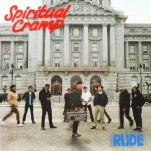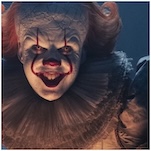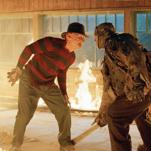Cover Story | Laurie R. King: Sherlock Holmes Meets His Match
Blue skies, honeybees buzzing and a 15-year-old girl walking with her nose in a book—it reads like a recipe for monotony. But make the teen so engrossed in the tome that she nearly steps on Sherlock Holmes, and you’ve catalyzed a tale that will span two decades of bestselling novels.
“I was looking to write a coming of age story of a young woman with an extraordinary mind,” Laurie R. King says from her home in California. The author is referring to The Beekeeper’s Apprentice, the first novel in her Mary Russell mystery series. It opens with a feisty and newly orphaned Russell tripping over the infamous Holmes on the Sussex Downs. Verbal sparring ensues (during which an offended Russell says it was a “damned good thing” Holmes retired years before), at which point both Holmes and the reader discover this arrogant teen can match wits with the aged detective.
The characters’ relationship has since spanned continents and cultures, taking the duo from the moors of the Scotland to the streets of Morocco. Today marks the release of Dreaming Spies, the 13th novel in the series that began in 1994. In Dreaming Spies, we find Russell and Holmes on a boat bound from India to Japan, about 10 years after their meet-cute on the Downs.
Oh, and they’re married. (Before you cry SPOILER, their union is foreshadowed in Russell’s “Letter to the Reader” when she uses the initials “M.R.H.” within the first few pages of Beekeeper.)
“As I was writing Beekeeper,” King says in an autobiographical article published in Contemporary Author, Volume 207, “it became increasingly clear that the relationship between my two detectives was not going to be that of mere intellectual and professional partners, but rather a partnership in every aspect of their lives.”
-

-

-

-

-

-

-

-

-

-

-

-

-

-

-

-

-

-

-

-

-

-

-

-

-

-

-

-

-

-

-

-

-

-

-

-

-

-

-

-









































